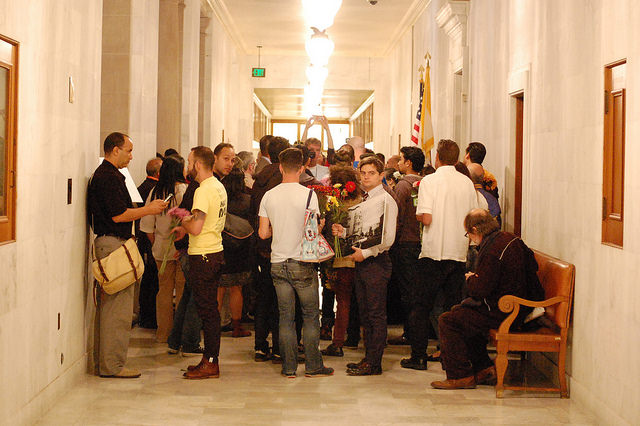
In terms of counter-speech there are different roles for government, civil society, and industry. Image by Miguel Discart (Flickr).
The Internet serves not only as a breeding ground for extremism, but also offers myriad data streams which potentially hold great value to law enforcement. The report by the OII’s Ian Brown and Josh Cowls for the VOX-Pol project: Check the Web: Assessing the Ethics and Politics of Policing the Internet for Extremist Material explores the complexities of policing the web for extremist material, and its implications for security, privacy and human rights. Josh Cowls discusses the report with blog editor Bertie Vidgen.* *please note that the views given here do not necessarily reflect the content of the report, or those of the lead author, Ian Brown. Ed: Josh, could you let us know the purpose of the report, outline some of the key findings, and tell us how you went about researching the topic? Josh: Sure. In the report we take a step back from the ground-level question of ‘what are the police doing?’ and instead ask, ‘what are the ethical and political boundaries, rationale and justifications for policing the web for these kinds of activity?’ We used an international human rights framework as an ethical and legal basis to understand what is being done. We also tried to further the debate by clarifying a few things: what has already been done by law enforcement, and, really crucially, what the perspectives are of all those involved, including lawmakers, law enforcers, technology companies, academia and many others. We derived the insights in the report from a series of workshops, one of which was held as part of the EU-funded VOX-Pol network. The workshops involved participants who were quite high up in law enforcement, the intelligence agencies, the tech industry civil society, and academia. We followed these up with interviews with other individuals in similar positions and conducted background policy research. Ed: You highlight that many extremist groups (such as Isis) are making really significant use of online platforms to organise,…









